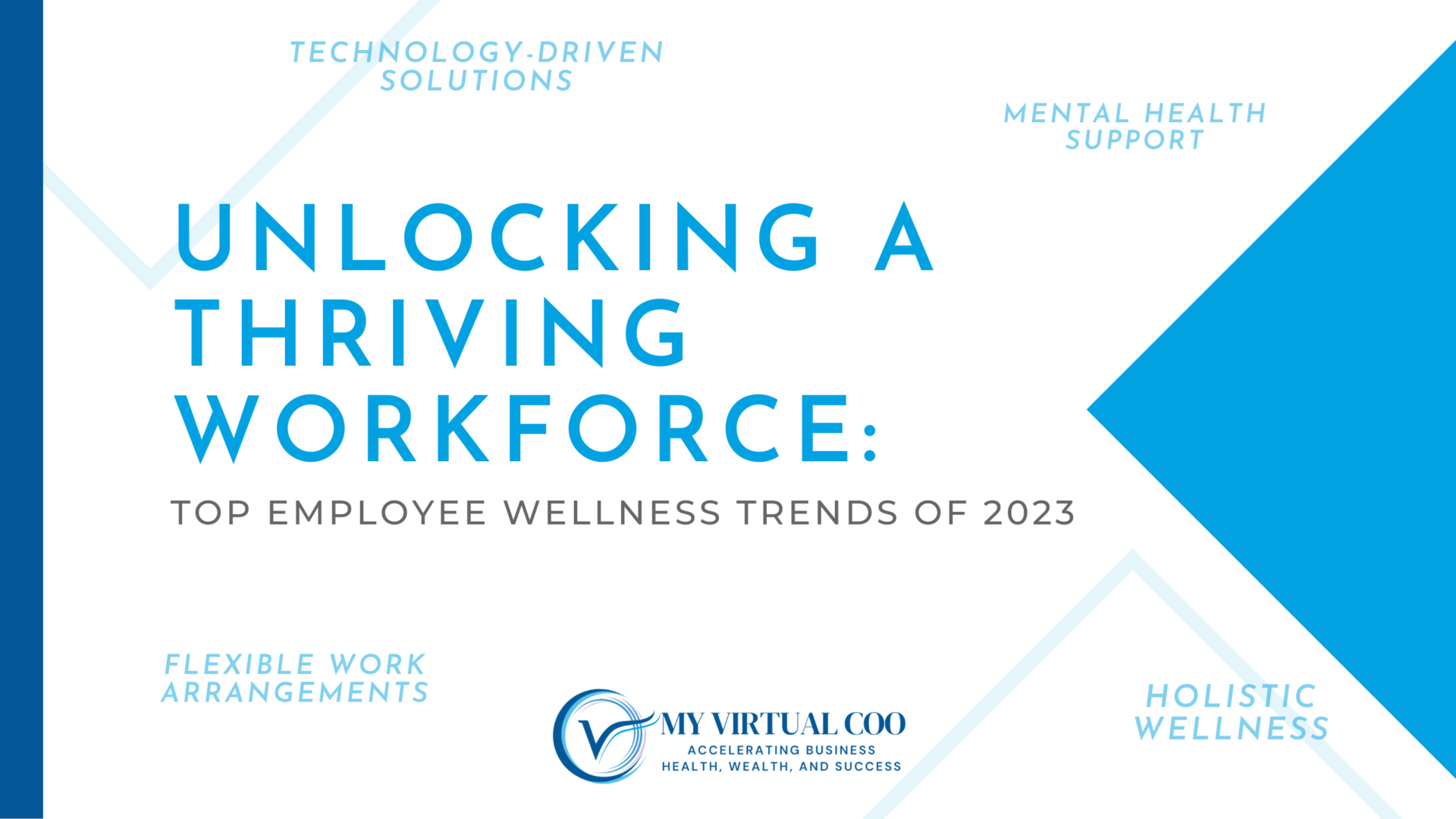As the dust settles on last year’s reviews and performance assessments, many business leaders are staring down the runway of a new year with both excitement and uncertainty. The road ahead promises opportunity, but also demands preparation.
Economic shifts, evolving workforce expectations, and rapid technological advancements have changed the rules of the game.
Today, leaders can’t rely on outdated models or passive planning. Success in 2025 requires intentional, scalable growth strategies that are smart, adaptive, and aligned with your company’s unique strengths.
So the question is: have you positioned your business for real, measurable growth?
In this guide, we’ll walk through proven growth strategies for business, each designed to help you lead with clarity, delegate with confidence, and execute with precision.
What Is a Growth Strategy?
A growth strategy is a detailed outline of the actions a business plans to take to expand its operations, increase revenue, and boost its market presence. It’s more than just a to-do list; it’s a roadmap.
With a clear strategy for growth, organizations analyze their financial health, assess market trends, and understand the shifts in their industry. This allows them to set specific, measurable objectives that drive long-term success.
What makes a growth strategy powerful is that it isn’t limited to one department. Whether it’s marketing, product development, or operations, multiple teams must work in sync to turn strategic goals into results. The most effective growth strategies unite every level of the business around a shared mission.
Tips for Developing an Effective Growth Strategy for Business
Now that you understand what a growth strategy for business is and why it matters, let’s explore how to create one that delivers results.
The following tips are designed to help you set priorities, align teams, and execute with clarity, regardless of your industry or business size. Each is grounded in proven frameworks and modern business insights to help you grow with confidence in 2025 and beyond.
1. Start With SMART Goals: The Foundation of Every Strategy
If your 2025 strategy includes goals like “get more leads” or “improve brand visibility,” you’re not alone. But without specificity, those goals don’t do much. That’s why successful businesses rely on the SMART goal framework, which helps make objectives clear and actionable.
That’s where the SMART goal framework comes in. SMART stands for:
- Specific
- Measurable
- Achievable
- Relevant
- Time-bound
Here’s a quick comparison:
Goal: “I want to increase social media engagement.”
There’s no one way to define growth here, and there are factors outside your control in this scenario, which could leave you unsure of where to start and how to know if you’re making progress.
Smart Goal: By the end of Q3, I will post three times per week on LinkedIn, focusing on business growth, marketing, and entrepreneurship, with the goal of boosting average engagement to 1.5% per post.”
See the difference? With SMART goals, you take the pressure off your mind and your management team. You give people direction, ownership, and the ability to measure success, without relying on guesswork.
Quick Stat: According to a 2024 HubSpot study, businesses that define goals using the SMART framework are 76% more likely to achieve them.
2. Create a Decision-Making Structure That Scales
Growth doesn’t just come from setting the right goals; it comes from knowing who makes what decisions, and when.
Too often, business owners and managers get bogged down in minor escalations. A billing error. A product complaint. A small refund. While each issue might seem trivial on its own, they add up and slowly pull leaders away from strategic work.
The fix? Establish a clear escalation matrix supported by standard operating procedures (SOPs).
Take a page from Tim Ferriss. In his book The 4-Hour Workweek, he shared how his business flourished once he gave employees authority to resolve issues under a certain dollar threshold, without waiting for his input.
Here’s a simplified process to make that work for your business:
- Define decision areas—finance, HR, customer service, operations.
- Assign team leads or project managers to each area.
- Establish error margins, such as “Team members can make decisions with a financial impact of under $200.”
- Check in quarterly to fine-tune the process.
When your team knows where the boundaries are, they operate with more confidence, and you free up your time for high-level growth initiatives.
3. Make Performance a Continuous Conversation
Most companies conduct performance reviews once a year. And by the time those reviews happen, it’s often too late to course-correct.
A smarter approach? Shift from performance reviews to a performance process.
This means ongoing goal check-ins, mid-year feedback, and “stay interviews” where employees can express concerns, ideas, and progress. Millennials and Gen Z professionals in particular value frequent communication, and when teams are regularly aligned, business growth accelerates.
Pro Tip: Tie your performance process to your SMART goals. For example, if a team lead is accountable for increasing customer retention, incorporate metrics into monthly one-on-ones and quarterly reviews.
This approach builds trust, improves morale, and ensures your team is always aligned with the big picture.
4. Technology – How to Think About It
As business owners and entrepreneurs, we are natural problem-solvers. When something isn’t working, we feel driven to find a solution.
However, it’s easy to get distracted by all the new and exciting ideas we see online or hear about from other professionals. We need to avoid falling into the trap of “Shiny Object Syndrome,” where we chase every new technology that promises to help. Instead, we should remember that technology is a tool—something to help us organize, automate, and improve our business operations.
You can’t do everything on your own, so the right technology can take some of the load off your shoulders. To make the most of it, though, you need to carefully research and plan how to implement it in your business.
The goal is to get your team on board so that everyone adopts the technology and it has a real impact. At the same time, you’ll want to keep your tech stack (the tools you use) simple and efficient—no clutter or duplication. A successful business keeps its technology tools lean, efficient, and working together to help the business run smoothly.
Benefits of Technology in Business
Your tech stack should work smoothly with your business to help you:
- Save time
- Save money
- Eliminate repetitive, boring tasks
- Prevent important things from slipping through the cracks
- Improve productivity in the workplace
- Improve the client experience
Adding a new software or hardware to your business can make your team’s job easier. It can help you get tasks done more quickly and accurately, freeing up time for bigger things.
Your goal is to research the technology, present its benefits, and get your team on board. It’s important to communicate that technology isn’t replacing their jobs—it’s there to help them do their work better and give them more time to grow their talents, skills, and experiences.
5. Measure What Matters—and Be Ready to Adjust
Growth isn’t a straight line. And what works today might not work tomorrow.
That’s why you need a set of clearly defined Key Performance Indicators (KPIs) tied directly to your SMART goals. Whether it’s customer acquisition cost, revenue per employee, or retention rate, these numbers should guide your decisions and prompt your pivots.
Review your KPIs regularly. Monthly check-ins are ideal. And if things aren’t moving in the right direction, don’t hesitate to rework your tactics. Agility is the secret weapon of modern business.
6. Real-World Growth: What Success Looks Like
Let’s bring this all together with a real-world example.
Take Canva, a graphic design platform that scaled from startup to multi-billion-dollar brand in less than a decade. Their strategy? Combine user-driven product development (via continuous feedback loops), strategic global hiring, and data-informed decision-making.
Or consider small businesses that adopted AI-powered chatbots to handle customer service. According to the same Verizon report, many saw a 15–25% improvement in customer satisfaction within just six months.
These examples prove that when you combine strategy with execution and technology with trust, growth is inevitable.
Conclusion: Growth Strategies for Business Require Vision, Action, and Consistency
At its core, business growth isn’t just about scaling operations or increasing revenue. It’s about building a company that’s resilient, responsive, and ready for whatever the future brings.
Whether you’re running a lean startup or managing a midsize enterprise, the most successful leaders share three things:
- A clear vision.
- A strategic roadmap.
- A commitment to continuous improvement.
By setting SMART goals, empowering your team, implementing agile processes, and staying data-driven, you’ll create the momentum your business needs to thrive in 2025 and beyond.
Frequently Asked Questions (FAQ)
1. What is a business growth strategy, and why is it important?
A business growth strategy is a structured plan that outlines how a company intends to expand its operations, increase revenue, and reach more customers. It’s important because it provides direction, aligns teams, and ensures resources are used efficiently to achieve long-term success.
2. What are the most effective growth strategies for small businesses?
Some of the most effective strategies for small businesses include setting SMART goals, leveraging digital marketing, implementing automation tools, exploring new markets, and focusing on customer retention. These approaches help maximize limited resources and create sustainable growth.
3. How can I create a growth strategy for my business in 2025?
Start by analyzing your market position, setting SMART goals, choosing a suitable growth model (like the Ansoff Matrix), and aligning your operations. Incorporate data-driven tools and ensure ongoing feedback loops through performance processes. Collaborate across departments to stay agile and scalable.
4. How do I know if my growth strategy is working?
You’ll know it’s working by tracking key performance indicators (KPIs) such as revenue growth, customer retention, conversion rates, and team productivity. Regular performance check-ins and data reviews are essential for evaluating progress and making timely adjustments.






